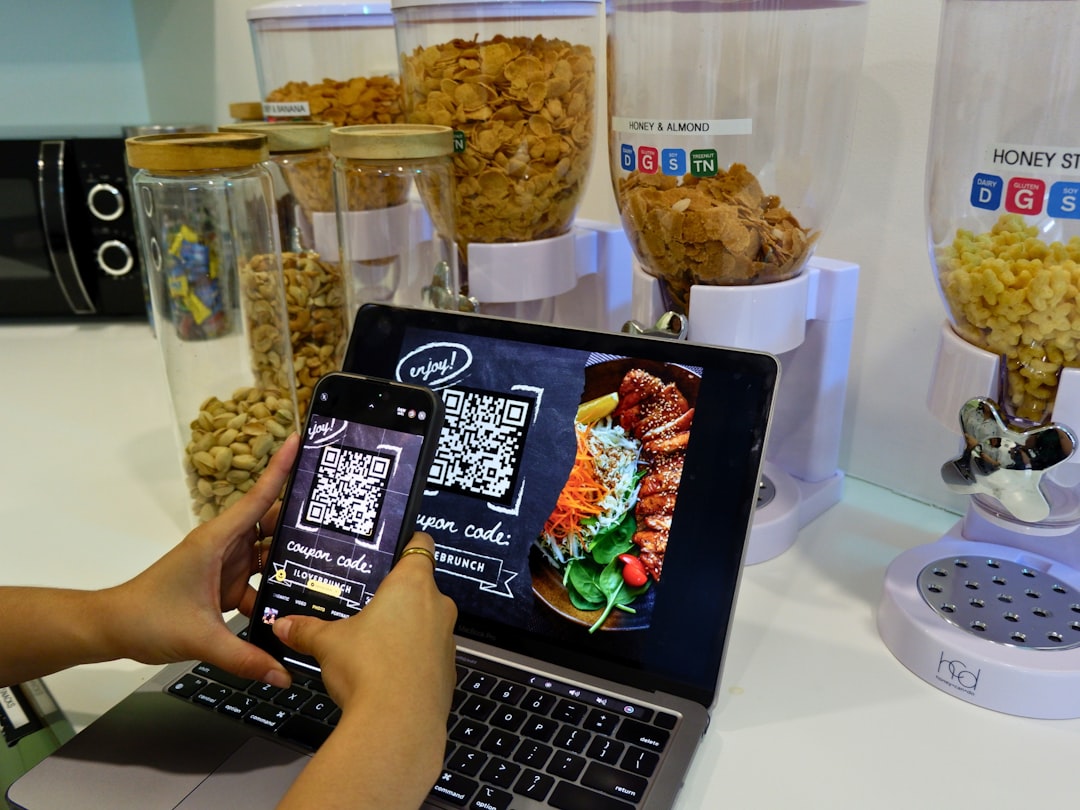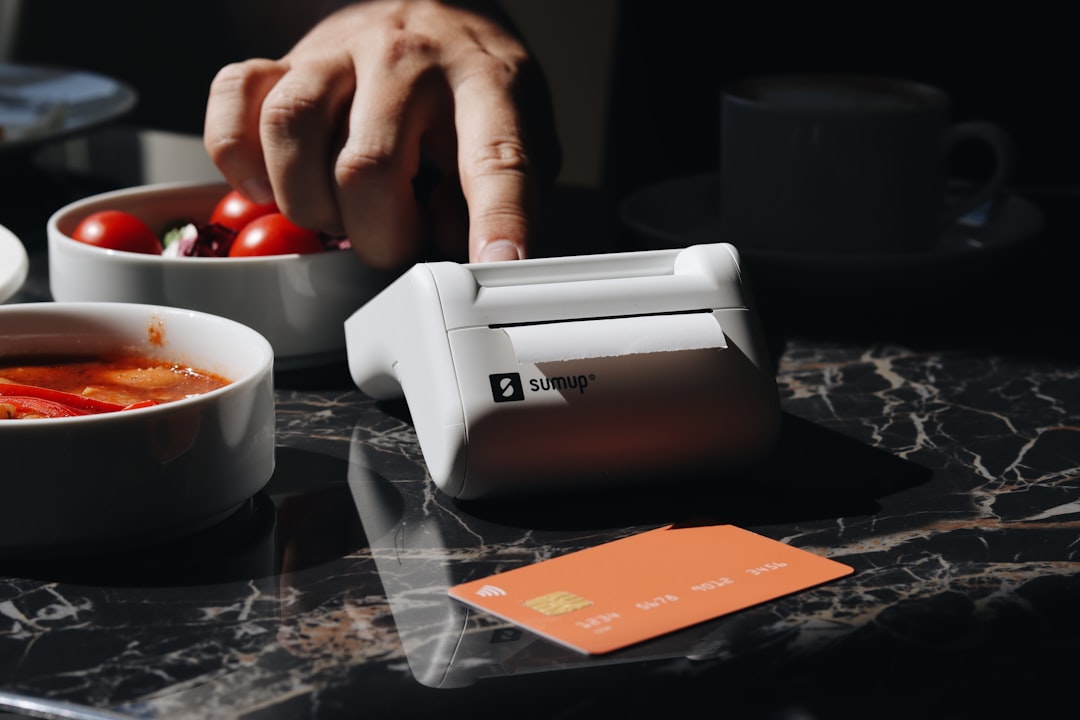The restaurant industry stands at a pivotal moment. With food service projected to reach $1 trillion in sales in 2024, digital transformation isn't just a fancy add-on—it's becoming essential for survival. Today's diners, particularly younger generations, demand experiences that seamlessly blend digital convenience with quality food service.
But what does successful digital transformation actually look like in real restaurants? This isn't about futuristic concepts or unproven technologies—it's about practical strategies that leading restaurants have already implemented with measurable results. Let's explore the journeys of industry leaders who've mastered the digital shift and extract lessons you can apply in your establishment tomorrow.

Chipotle recognized the digital opportunity early, launching one of the industry's first restaurant apps back in 2009. While competitors were still debating whether digital mattered, Chipotle was already building the foundation for what would become a comprehensive digital ecosystem.
Mobile Ordering App: Introduced mobile ordering and integrated loyalty programs, creating a seamless customer experience where frequent visitors feel recognized and rewarded.
Chipotlanes: In 2018, Chipotle introduced dedicated pickup windows for digital orders, boosting sales at these locations by an impressive 10-15% compared to traditional stores. These specialized lanes created a new revenue stream without cannibalizing in-store traffic.
Digital Kitchens: Launched in 2020, these specialized production lines are optimized specifically for off-premise orders, significantly reducing wait times. Think of them as restaurants within restaurants—same high-quality food, but with processes designed exclusively for digital orders.
Chipotle's consistent digital innovation has positioned them as leaders in the hybrid dining model. Their digital-first approach created operational efficiencies while enhancing customer convenience—a winning combination that's driven substantial growth even during challenging economic periods.
Starbucks transformed from a coffee shop into a technology company that happens to sell coffee. Their digital strategy centers on creating frictionless experiences that encourage loyalty and repeat visits—turning occasional customers into daily regulars.
Mobile Order & Pay: Pioneered mobile ordering technology that allows customers to skip lines and customize orders. This system now accounts for approximately 30% of total transactions in the US, representing millions of orders that might otherwise be lost to competitors.
Rewards Program Integration: Seamlessly incorporated their loyalty program into their mobile app, creating personalized offers and incentives based on customer behavior. The app doesn't just process orders—it learns from them.
Data-Driven Personalization: Leveraged customer data to create individualized recommendations and promotions, strengthening customer relationships. If you usually order a latte at 8am, the app might suggest one at 7:45am—along with a breakfast sandwich you might enjoy.
Starbucks' digital transformation has dramatically increased customer loyalty and operational efficiency. Their app has become the gold standard for restaurant mobile experiences, driving both customer satisfaction and revenue growth through a virtuous cycle of personalization and convenience.
Domino's remarkable turnaround story is largely attributed to their embrace of technology. They reimagined themselves not as a pizza company but as a technology company that delivers pizza—a fundamental shift in identity that changed everything.
Tech-Driven Delivery: Revolutionized pizza delivery with real-time tracking, allowing customers to follow their orders from preparation to delivery. This transparency eliminated the age-old question "Where's my pizza?" and turned waiting into an engaging experience.
AI-Powered Recommendations: Implemented predictive analytics to suggest items based on order history and preferences. When you open the Domino's app, it already knows what you might want before you do.
Multi-Platform Ordering: Created "Domino's AnyWare," allowing customers to order through multiple channels including smart TVs, social media, and smart speakers. Their philosophy? Be wherever the customer is, not where you want them to be.
Domino's digital transformation helped them dominate the delivery market by prioritizing convenience and leveraging data-driven customer insights. Their stock price increased over 2,000% since 2010, largely attributed to their technology investments—perhaps the most dramatic financial validation of restaurant digital transformation in history.
Across these success stories, several common implementation strategies emerge:
Successful restaurants use customer data to create personalized experiences. Panera Bread analyzes purchase history to tailor menu suggestions and loyalty rewards, increasing customer retention and average order value. When a guest feels recognized, they're more likely to return—and spend more when they do.
Cloud-based POS systems streamline inventory management and reduce waste. Chipotle's Digital Kitchens optimize production specifically for off-premise orders, minimizing wait times and improving order accuracy. The best technology doesn't just add capabilities—it removes friction from existing processes.

The most successful digital transformations feature intuitive mobile apps that integrate ordering, payment, and loyalty in one platform. This creates a frictionless customer experience that drives repeat business. Consider how Starbucks customers can order their "usual" with two taps—that's the standard to aim for.
Rather than attempting complete overhauls, successful restaurants typically implement digital transformation in strategic phases, allowing for testing, refinement, and staff adaptation. Domino's didn't build their digital empire overnight—they started with core functionality and expanded based on customer feedback and performance data.
Digital transformation isn't without obstacles. Common challenges include:
Looking ahead, several trends are shaping the next wave of restaurant digital transformation:
AI and Automation: Advanced chatbots handling customer service and AI-driven kitchen operations optimizing food preparation. Imagine systems that automatically adjust cooking times based on order volume or suggest menu changes based on ingredient availability.
Hybrid Dining Models: Blending traditional dine-in experiences with digital-only services to meet diverse customer preferences. The future isn't digital-only or traditional-only—it's both, optimized for different occasions and customer needs.
Integrated Platforms: All-in-one solutions that manage everything from ordering to inventory to customer relationships. The days of juggling multiple disconnected systems are coming to an end as restaurants demand unified platforms that provide a single source of truth.
The case studies of Chipotle, Starbucks, and Domino's demonstrate that successful digital transformation isn't just about adopting technology—it's about reimagining the entire customer experience and operational model.
For restaurant owners and managers looking to embark on their own digital transformation journey, the key is starting with a clear strategy aligned with your brand values and customer expectations. Begin with high-impact, relatively low-risk implementations, measure results, and scale successful initiatives.
Remember that digital transformation is a continuous process, not a one-time project. The most successful restaurants view technology as a core component of their business strategy, not just an operational tool.
Ready to begin your restaurant's digital transformation? Consider how an all-in-one platform could streamline your operations by integrating ordering, delivery, POS, and loyalty systems into a single, powerful solution that positions your restaurant for growth in the increasingly digital dining landscape.
